3/9/ · As previously stated, some forgetmenot types will spread out quickly;(Myosotis scorpioides) General description Aquatic forgetmenot is an aquatic, rhizomatous, creeping perennial plant Flowers are small, growing in an inflorescence and are blue with a bright yellow center Ecological threatThough widely planted throughout North America, it is not as widely naturalized as its close lookalike True Forgetmenot (Myosotis scorpioides) Still, in suitable habitat it can become widespread in natural areas and is considered invasive throughout woodlands in much of northern Wisconsin and the UP of Michigan
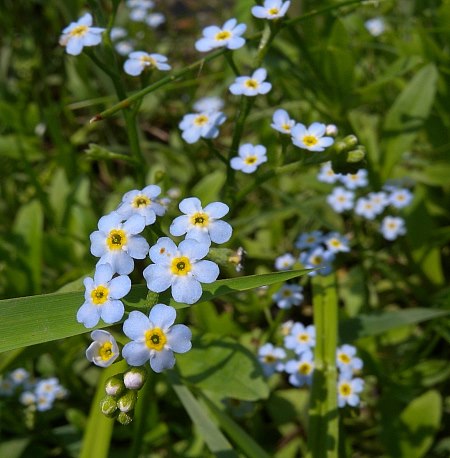
True Forget Me Not Myosotis Scorpioides
Myosotis sylvatica vs myosotis scorpioides
Myosotis sylvatica vs myosotis scorpioides-Myosotis scorpioides, commonly called water forgetmenot or true forgetmenot, is a rhizomatous marginal aquatic perennial that typically grows 610" (less frequently to 18") tall on decumbent to upright angular stemsMyosotis scorpioides (water forgetmenot) Blue flowers in May Height 23cm (9in) Saururus cernuus (lizard's tail) Fragrant white flowers, dark green leaves Height 15cm (6in) Veronica beccabunga (brooklime) Whitecentred blue flowers Height 10cm (4in) Some waterlilies



Myosotis Scorpioides Imagenes Fotos De Stock Y Vectores Shutterstock
A locked padlock) or https// means you've safely connected to the gov website Share sensitive information only on official, secure websitesKingdom Plantae Phylum Magnoliophyta Class Magnoliopsida Subclass Asteridae Order Lamiales Family Boraginaceae Genus Myosotis Subject Myosotis scorpioides LLog In or Sign Up
Little research has been conducted on the invasive potential and ecological impacts of true forgetmenot The species' ability to spread rapidly via rooting stolons enables dense, homogenous stands to form quickly, outcompeting other native plants and changing the structure and diversity of the habitats it colonizes22/3/21 · Myosotis scorpioides Although you can grow True forgetmenot plants in any type of soil, they perform best in light substrates To grow healthy and happy, plant your babies in a generalpurpose and rich soil that has great drainage For potted plants, make sure the containers have drainage holes at the bottom to avoid waterloggingInflorescence a terminal, leafless, curving, branched cluster (cyme)
8/3/12 · Page 1 of 4 Wisconsin Department of Natural Resources – Aquatic Invasive Species Literature ReviewIt has naturalized in many wet places in North America and is considered invasive in some New England states Habitat Marshes, riverine (in rivers or streams), shores of rivers or lakes, wetland margins (edges of wetlands)If you have some dead spots in your garden that are hard to fill with greenery, planting the scorpion grasses or forgetmenots will make that problem go away very quickly



Forget Me Nots Blue Myosotis Scorpioides Winter Hardy Shade Lovin Pond Megastore



Myosotis Scorpioides c Gardeners World Magazine
Myosotis scorpioides Borage family (Boraginaceae) Description This perennial wildflower is 6" tall and either unbranched or branched While True ForgetMeNot has not been invasive in Illinois thus far, it has become aggressive in some areas of northeastern United StatesScorpion grass (Myosotis scorpioides L ) is considered invasive and banned in Connecticut and is prohibited in Massachusetts Why is ForgetMeNot flower so popular?Forget Me Nots (Myosotis scorpioides)Aquatic, blue Forget Me Nots (Myosotis scorpioides) have tiny, sweet, blue blooms and delightful, airy, green foliageForget Me Nots grow beautifully in containers or baskets at the base of a waterfall, on stream beds



Aquatic Forget Me Not Myosotis Scorpioides Wisconsin



Forget Me Not Flower Select A Size Waterslide Ceramic Decals Bx Pinturas Florales Plantillas Para Dibujar Flores Pintadas
Myosotis scorpioides L This species is Introduced in the United States States Counties Points List Species Info Distribution Record Density Literature vs Observation Future Range Future Certainty Login to download data Download Data × To download a subset of Center for Invasive Species and Ecosystem HealthMyosotis (/ ˌ m aɪ ə ˈ s oʊ t ɪ s / MYəSOHtiss) is a genus of flowering plants in the family BoraginaceaeThe name comes from the Ancient Greek μυοσωτίς "mouse's ear", which the foliage is thought to resemble In the northern hemisphere they are colloquially denominated forgetmenots or scorpion grassesThe colloquial name "forgetmenot" was calqued from the GermanImage is of true forgetmenot (Myosotis scorpioides ) infestation It is by Tom Heutte at USDA Forest Service


Myosotis Scorpioides True Forget Me Not Minnesota Wildflowers



Myosotis Scorpioides Imagenes Fotos De Stock Y Vectores Shutterstock
Aquatic invasive species of Vilas County Aquatic forgetmenot (Myosotis scorpioides)*, Banded Mystery Snail, Chinese Mystery Snail, CurlyLeaf Pondweed, Japanese Knotweed*, Narrowleaf cattail (Typha angustifolia), Narrowleaf cattail (Typha angustifolia)*,Myosotis scorpioides, True or Common Forgetmenot A lowgrowing perennial Flowers are flat and typically blue with a yellow "eye," and oblong, Invasive Honeysuckle, Asian (oriental) Bittersweet, and Multiflora Rose are also prolific along the banks of Muddy BrookInvasive Listing Sources Alaska Exotic Plant Information Clearinghouse City of Ann Arbor Michigan Parks and Recreation Connecticut Invasive Plant Working Group Hoffman, R & K Kearns, Eds 1997 Wisconsin manual of control recommendations for ecologically invasive plants Wisconsin Dept Natural Resources, Bureau of Endangered Resources
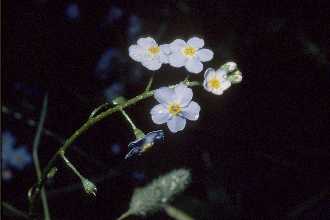


Forget Me Not Myosotis Scorpioides Species Profile
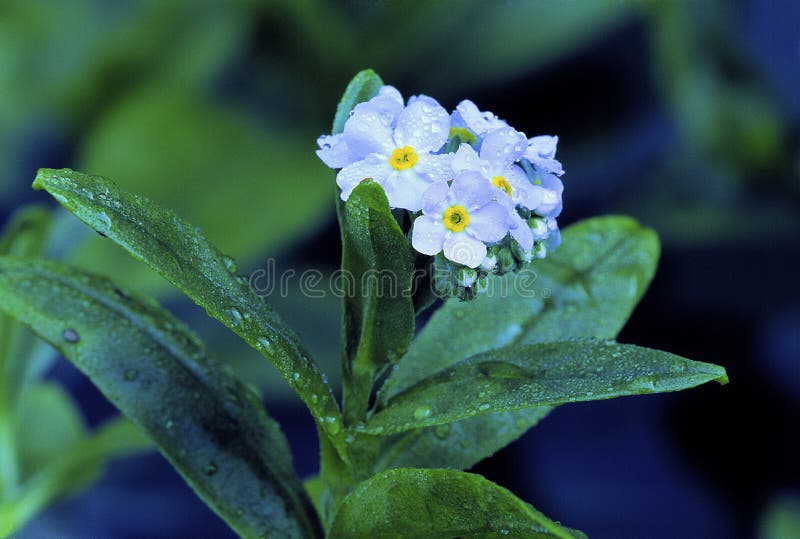


243 Myosotis Scorpioides Photos Free Royalty Free Stock Photos From Dreamstime
Invasive Plant Program Instructor Cooperative Extension Service, University of Alaska Fairbanks 1675 C Street , Anchorage, Alaska Bonnie M Million (907) Alaska Exotic Plant Management Team Liaison Myosotis scorpioides Myosotis28/4/21 · Unlike garden forgetmenots, which tend to be biennial, water forgetmenot, Myosotis scorpioides, is reliably perennial and gradually expands, without being invasive, into large clumps that benefit from division every few years It has various slightly different forms depending on whether it grows below or above the water lineStems mostly unbranched, angled,



Myosotis Scorpioides Water Forget Me Not True Forget Me Not Pfaf Plant Database



Shutterstock Puzzlepix
El Myosotis scorpioides también llamado Myosotis palustris Es la especie que dio lugar a su original y poético nombre en la mayoría de las lenguas europeasMyosotis scorpioides Nomeolvides d'agua (Myosotis scorpioides) ye una yerbácea de la familia de les boraginacees18/7/13 · Invasive species photo gallery Aquatic forgetmenot (Myosotis scorpioides)Click on a photo for an enlarged version or return to all nonnative or native invasive plant species



Myosotis Scorpioides Imagenes Fotos De Stock Y Vectores Shutterstock
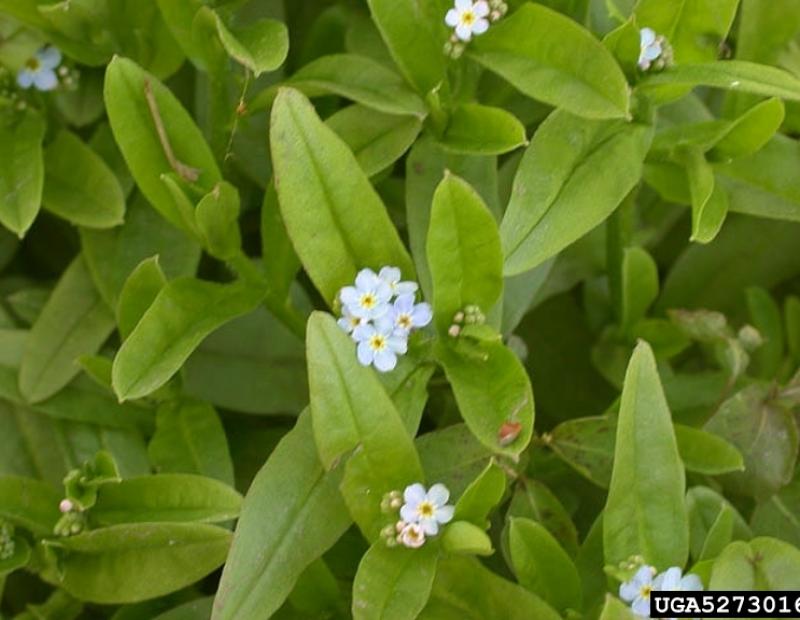


Myosotis Scorpioides Lower Hudson Partnership For Regional Invasive Species Management
Thus, they are also considered an invasive flower in several areas How To Propagate ForgetMeNots You can divide all of the plant's rhizomes, or you can let them selfseed;Myosotis scorpiodes is cultivated as an ornamental plant Its nectar and pollen attract pollinating insects, making it a popular choice for butterfly gardens (Plants for a Future 10) Management Regulations (pertaining to the Great Lakes region) There are no known regulations for this speciesIf you choose to cut the rhizomes, make sure you do this in early spring, and you need to plant them as soon as you cut them



Amazon Com Big Pack 50 000 French Forget Me Not Myosotis Sylvatica Flower Seeds Perennial Zone 3 9 Semillas De Flores De Myseeds Co Paquete Grande Forget Me Not Jardin Y Exteriores



Invasive Plants Of Wisconsin Myosotis Sylvatica Woodland Forget Me Not
An aggressive invader of lake margins, shallow woodland pools and small streams, it can form dense mats, choking out most other species The five Myosotis species in the state fall into two camps those with appressed hairs on the calyx, and those with spreading hairsEtymology Myosotis from mys for "mouse" and ous for "ear," referring to short, soft leaves of some species Plants erect, annual/biennial, 4"16" tall, hairy forb often with upper branches Flowers blue, 5parted, 1/8" wide, calyx with semistiff hairs, its lobes about equal the tube;Myosotis scorpioides belongs to the Flowering Plants group The distribution map is currently disabled A new map solution will soon become available



Native Plant Alternatives To Myosotis Sylvatica Wood Forget Me Not



Myosotis Scorpioides Imagenes Fotos De Stock Y Vectores Shutterstock
Invasive Species of Japan > Vascular plants > Myosotis scorpioides Basic information Scientific name Myosotis scorpioides Click to magnify Common names True forgetmenot Higher taxon Boraginaceae, Lamiales Native congener Myosotis sylvatica (hybridization) Regulation in Japan No action for prevention, mitigation, control, orMyosotis scorpioides L Synonyms Myosotis palustris (L) Hill, Biology and Invasive Potential Reproductive potential European forgetmenot reproduces sexually by seeds and vegetatively by stolons that root at the nodes (Washington Water Quality Program 10)Ecologically invasive If you care for our heritage of native plants in our riparian ecosystems, then please eradicate it Positive On Jun 11, 06, GeorgiaJo from Dallas, GA (Zone 7b) wrote Bought one small pot 5 years ago when we put in our little pond



Total Content In Soluble Sugars In Organic Acids And In Raffinose Download Scientific Diagram


True Forget Me Not Montana Field Guide
Genus Myosotis can be annuals, biennials or perennials, with simple leaves and clusters of small, salvershaped blue, yellow or white flowers, with yellow or white eyes, in spring or early summer Details M scorpioides is a erect rhizomatous perennial to 30cm, with oblong leaves and bright blue, white or yelloweyed flowers 8mm across, in cymes in early summerMyosotis scorpioides (Water ForgetMeNot) is listed in the Invasive Plant Atlas of the United States According to the US Forest Service, Invasive species have contributed to the decline of 42% of US endangered and threatened species, and for 18% of US endangered or threatened speciesTrue forgetmenot (Myosotis scorpiodes) LOrigin Native to Europe and Asia Appearance Myosotis scorpiodes is a perennial herbaceous plant that grows to a height of 6″ ( cm) Foliage Leaves are 13″ ( cm) in length and ″ ( cm) across
/myosco_crystallake_middltetown_08-25-09322.jpg)


Myosotis Scorpioides



Myasotis Mermaid Special Offer
Water Forgetmenot (Myosotis scorpioides also known as Myosotis palustris) Native Shallow water, marginal pond, plant This is the indigenous and well known Water Forgetmenot with its pretty sky blue flowers Low growing and fairly free flowering from May to AugustGarden locations Genus name comes from the classical Greek name myosotis from mus meaning mouse and ous or otos meaning ear applied to plants with short pointed leaves,Myosotis scorpioides (true forgetmenot), is Introduced naturalized;



Myosotis Scorpioides Water Forget Me Not Go Botany



Nature Picture Library Fairy Fern Azolla Filiculoides And Water Forget Me Not Myosotis Scorpioides In Frozen Garden Pond Surrey England Uk January Heather Angel
15/8/19 · wwwitisgov Identification This species is an erect, perennial, 4"24" tall forb, with hairy stems It is often creeping and has fibrous roots Forgetmenot has blue fivepetaled flowers with a yellow center, 1/4"3/8" wide, with petals flat at the top of the tube, calyx with flat, tight hairs, and lobes much shorter than the tubeConnecticut State The Connecticut Agricultural Experiment Station CTgov Home The Connecticut Agricultural Experiment Station Current Myosotis scorpioides Myosotis scorpioides Crystal Lake (Middletown) 08/25/09Myosotis scorpioides 'Semperflorens' Back to Previous Page More Images Common Name Where is this species invasive in the US?



439 Water Forget Me Not Photos Free Royalty Free Stock Photos From Dreamstime



Functional Responses Of Ludwigia Hexapetala Luhe Myriophyllum Download Scientific Diagram
Prohibited US Weed Information Myosotis scorpioides forgetmenot true forgetmenot yelloweye forgetmenot This plant can be weedy or invasive according to the authoritative sources noted belowThis plant may be known by one or more common names in different places, and some are listed aboveMyosotis scorpioides (Water ForgetMeNot) is an erect rhizomatous perennial with delicate sprays of sky blue, tiny flowers adorned with yellow centers in early to late summer The sprays (cymes), resemble a coiled scorpion's tail, hence the epithet The flowers rise atop a semievergreen foliage of shiny, oblong, bright green leavesMyosotis scorpioides L True Forgetmenot, Water Forgetmenot Synonyms Myosotis palustris CLASSIFICATION Main Group Plant Sublevel 1 Angiosperm Sublevel 2 Eudicot Family Boraginaceae Genus Myosotis Species Myosotis scorpioides STATUS IN NEW ENGLAND Origin Introduced Invasive, Pest, or Pathogen?
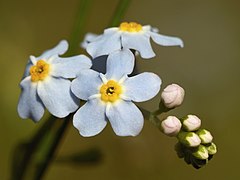


Myosotis Wikipedia



Myosotis Scorpioides Water Forget Me Not Go Botany
The people who call this species invasive are confusing it with water forgetmenots (Myosotis semperflorens), which are on the invasive species lists of several states It's hard for anyone but a botanist to tell these two species apartScientific names Myosotis palustris Ecological threat Aquatic forgetmenot can quickly crowd out native plant species and is able to form large monocultures, especially in situations where it is in or near a stream This, in turn, affects community composition by reducing the number of native herbsDistribution of Myosotis scorpioides Click here to view the full interactive map and legend Species Information General Perennial herb from fibrous roots, often creeping at the base and frequently stoloniferous as well;
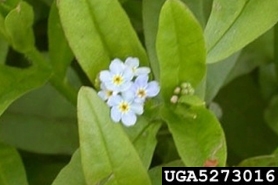


Aquatic Forget Me Not Wisconsin Dnr



Myosotis Scorpioides Imagenes Fotos De Stock Y Vectores Shutterstock



Myosotis Scorpioides Guide How To Care For Water Forget Me Not



Amazon Com Big Pack 50 000 French Forget Me Not Myosotis Sylvatica Flower Seeds Perennial Zone 3 9 Semillas De Flores De Myseeds Co Paquete Grande Forget Me Not Jardin Y Exteriores



Myosotis Scorpioides Guide How To Care For Water Forget Me Not



Native Plant Alternatives To Myosotis Scorpioides Water Forget Me Not
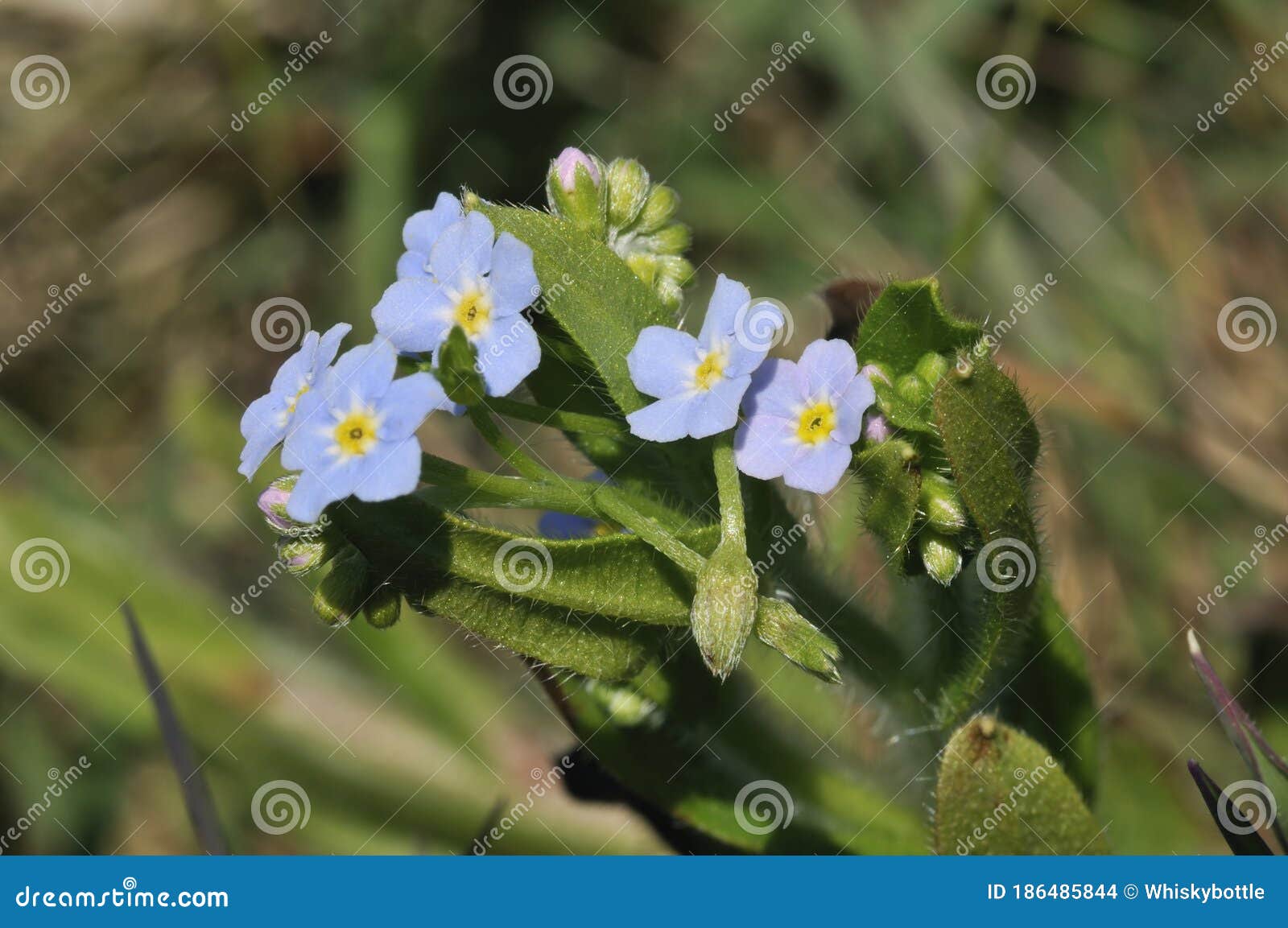


439 Water Forget Me Not Photos Free Royalty Free Stock Photos From Dreamstime



Myosotis Scorpioides Water Forget Me Not Go Botany



Myosotis Scorpioides Pond Plants Woodland Plants English Flowers



Estados Unidos Especies Pl Ntnet Identify
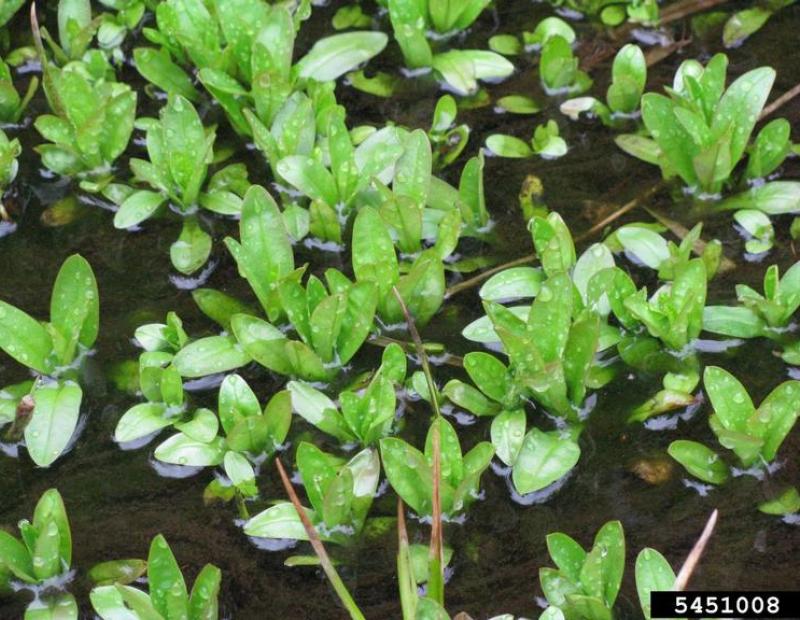


Myosotis Scorpioides Lower Hudson Partnership For Regional Invasive Species Management



Myosotis Scorpioides Water Forget Me Not Mouse Ear Scorpion Grass Snake Grass Love Me Marsh Forget Me Not Mouse Ear Palustris Water Forgetmenot Aquatica Care Plant Varieties Pruning Advice



True Forget Me Not Wildflowers Of Western Pennsylvania Facebook



439 Water Forget Me Not Photos Free Royalty Free Stock Photos From Dreamstime



Myosotis Scorpioides c Gardeners World Magazine


Plants Profile For Myosotis Scorpioides True Forget Me Not



Myosotis Scorpioides Mermaid Water Forget Me Not Care Plant Varieties Pruning Advice



Myosotis Scorpioides Variegata 9cm Aquatic Plant Pack Of 3 Free Uk Delivery



Myosotis Scorpioides Water Forget Me Not Go Botany



Aquatic Forget Me Not Myosotis Scorpioides Wisconsin



Myosotis Scorpioides Garden Flowers



True Forget Me Not Myosotis Scorpioides L Filters Orin Landscape



Myosotis Scorpioides Water Forget Me Not Go Botany


Everblooming Forget Me Not Myosotis Scorpioides Semperflorens In Edmonton Sherwood Park Fort Saskatchewan Leduc Alberta Ab At Salisbury Greenhouse And Landscaping
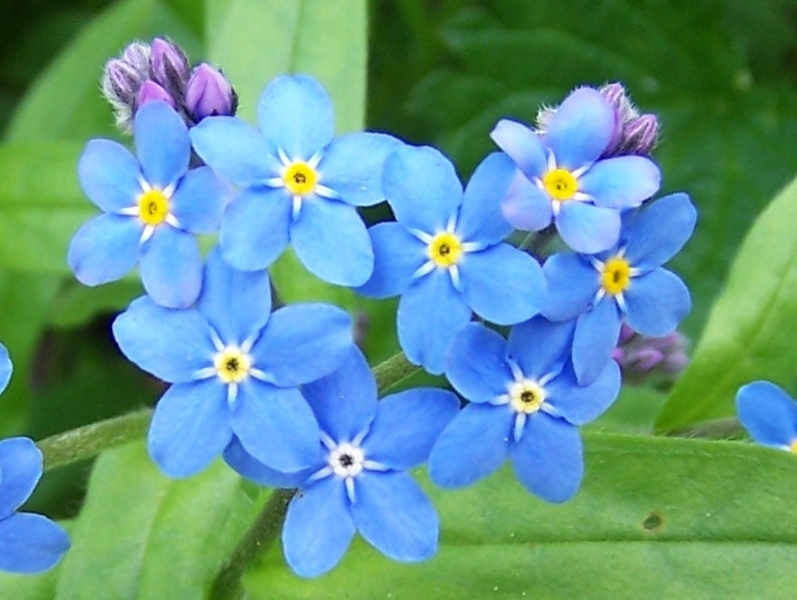


Water Forget Me Not Wikidata



Species Information



Amazon Com Big Pack 50 000 French Forget Me Not Myosotis Sylvatica Flower Seeds Perennial Zone 3 9 Semillas De Flores De Myseeds Co Paquete Grande Forget Me Not Jardin Y Exteriores



Water Forget Me Not Myosotis Scorpioides Stock Image Image Of Grass Small


True Forget Me Not Montana Field Guide



Plants Profile For Myosotis Scorpioides True Forget Me Not



Invasive Species Photo Gallery Wisconsin Dnr



Forget Me Nots Blue Myosotis Scorpioides Winter Hardy Shade Lovin Pond Megastore



Myosotis Scorpioides Water Forget Me Not Go Botany
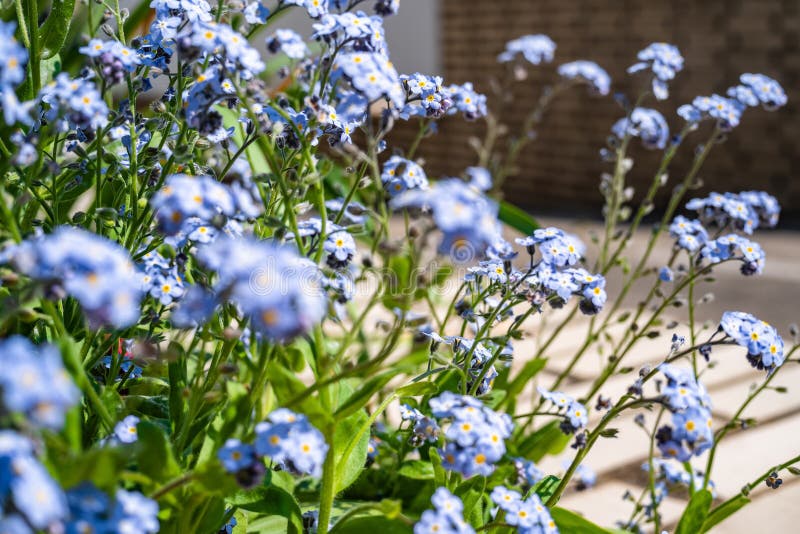


243 Myosotis Scorpioides Photos Free Royalty Free Stock Photos From Dreamstime



Common Forget Me Not Myosotis Scorpioides Invasive Flickr



Myosotis Scorpioides Wikiwand



Myosotis Forget Me Nots Plant Family Guides



10 Invasive Pond Plants You Need To Know Plants Pond Plants Water Plants



Myosotis Scorpioides L


Myosotis Scorpioides


True Forget Me Not Myosotis Scorpioides Boraginaceae Borage



Pollen Allergy Indalo Codex Web Oficial Codigo Para La Salud Integral De La Mujer Y El Hombre Universal



Invasive Species Photo Gallery Wisconsin Dnr
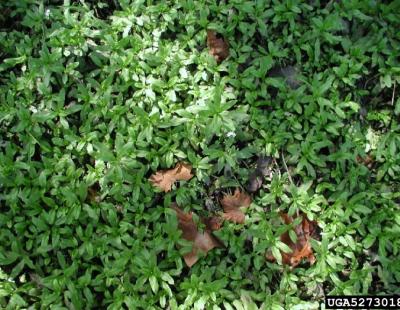


Myosotis Scorpioides Lower Hudson Partnership For Regional Invasive Species Management



True Forget Me Not Invasive Species Of Japan



Myosotis Scorpioides c Gardeners World Magazine



Invasive Plants Of Wisconsin Myosotis Sylvatica Woodland Forget Me Not
/forget-me-not-plant-profile-4799948-10-47221902b01044d38de9b51fe6214d99.jpg)


How To Grow And Care For Forget Me Not Plants


Myosotis Scorpioides



Aquatic Forget Me Not Wi Invasive Myosotis Scorpioides Beautiful Flowers Blue Plants Pretty Flowers



Myosotis Scorpioides True Forget Me Not Growth Habit Flickr



Invasive Plants Of Wisconsin Myosotis Sylvatica Woodland Forget Me Not


Myosotis Sylvatica Wood Forget Me Not Minnesota Wildflowers



Myosotis Palustris Water Forget Me Not Devon Pond Plants


Myosotis Scorpioides



Myosotis Scorpioides 1ltr Aquatic Plant Pack Of 3



True Forget Me Not Myosotis Scorpioides



Estados Unidos Especies Pl Ntnet Identify



Myosotis Species Woodland Forget Me Not Myosotis Sylvatica



Aquatic Forget Me Not Myosotis Scorpioides Wisconsin



True Forget Me Not Myosotis Scorpioides Lamiales Boraginaceae
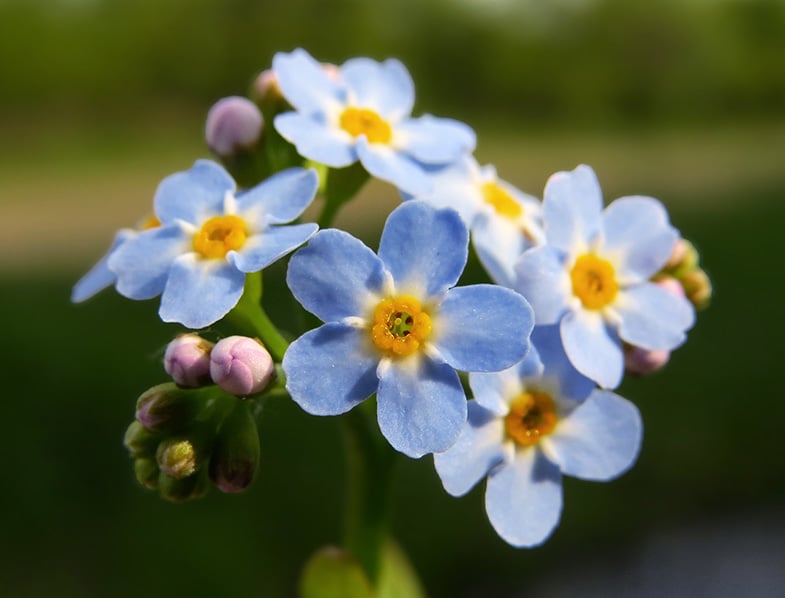


Myosotis Scorpioides Guide How To Care For Water Forget Me Not



True Forget Me Not Myosotis Scorpioides Lamiales Boraginaceae
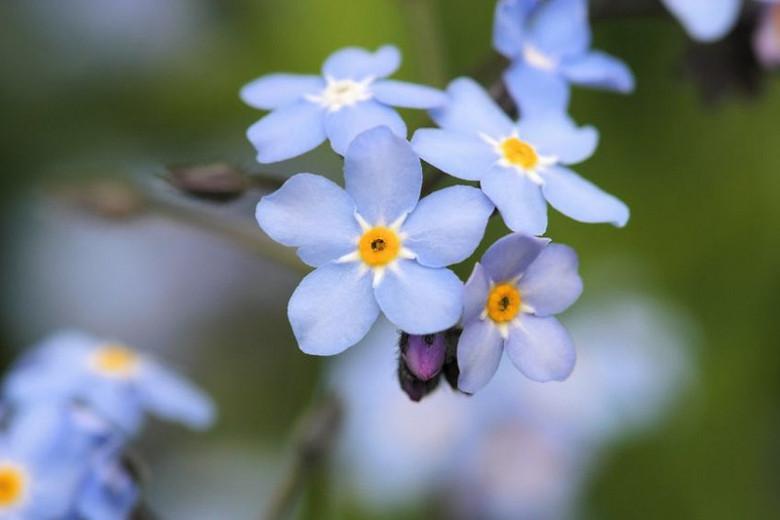


Myosotis Scorpioides Water Forget Me Not



Invasive Plants Of Wisconsin Myosotis Sylvatica Woodland Forget Me Not
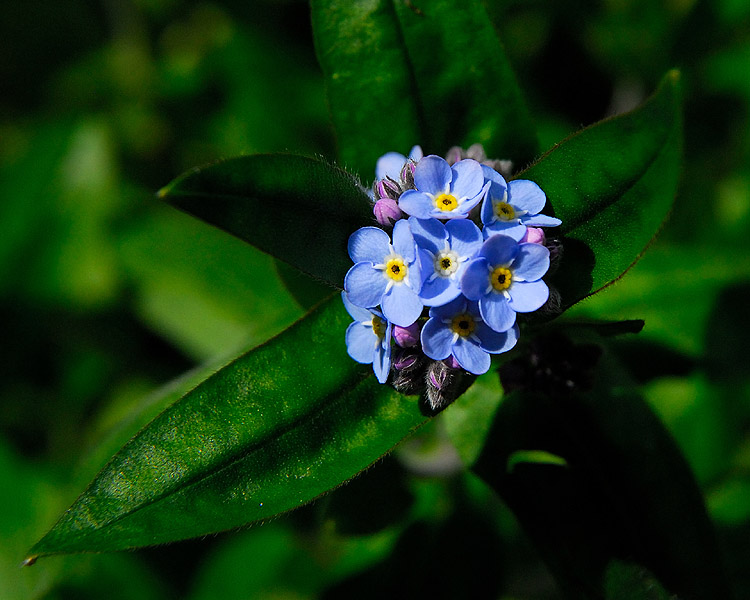


Forget Me Nots Curbstone Valley



Flower Focus Forget Me Not Myosotis Cynoglossum Sweet Earth Co



Myosotis Species True Forget Me Not Water Forget Me Not Myosotis Scorpioides



True Forget Me Not Invasive Species Of Japan



Forget Me Not Myosotis Scorpioides L Myosotis Palustris Family Boraginaceae Genus Myosotis My Oh So Tis Means Mouse Ear Referring To The Shape Ppt Download


Myosotis Scorpioides True Forget Me Not Minnesota Wildflowers


Myosotis Wikipedia



0 件のコメント:
コメントを投稿